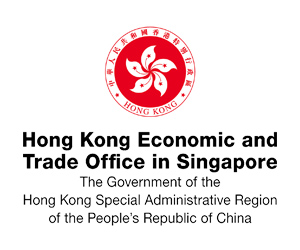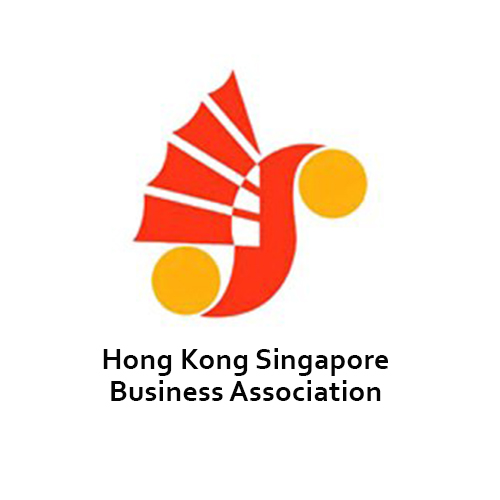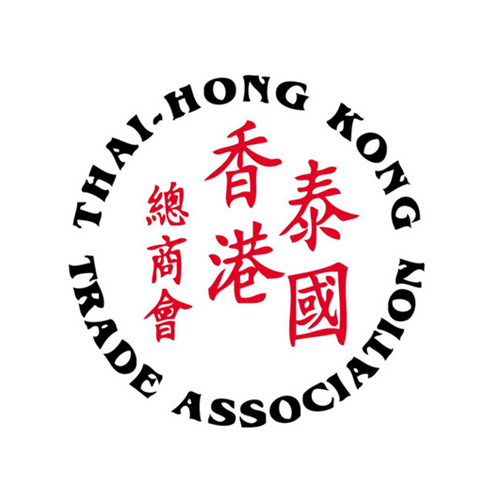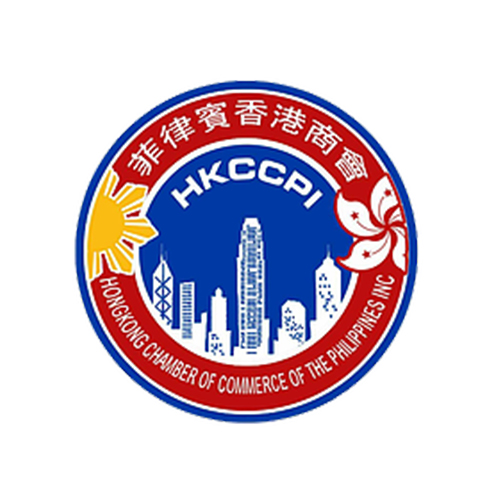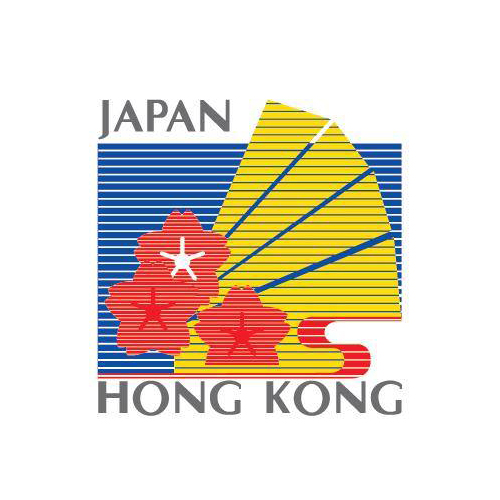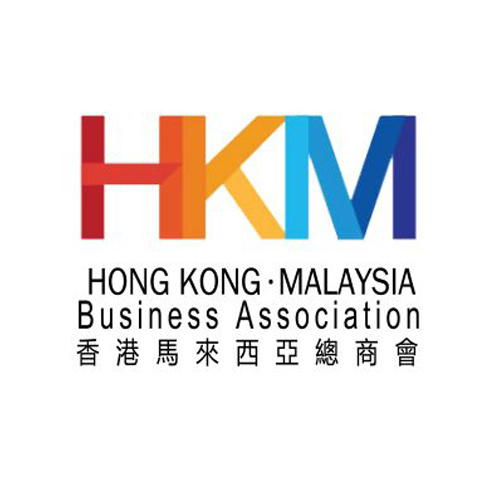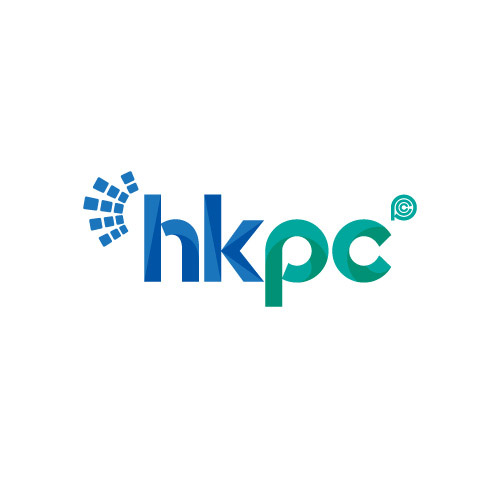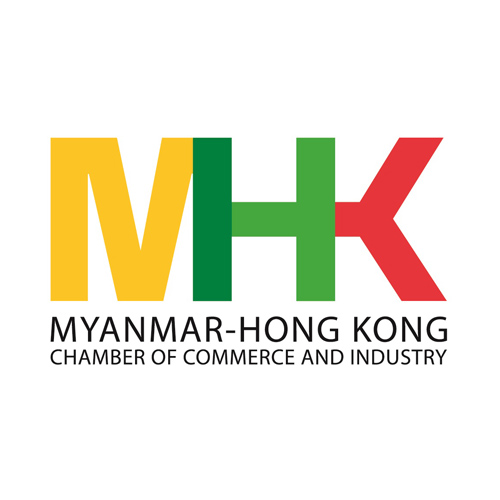Want to be in the loop?
subscribe to
our notification
Business News
INCREASING MARITIME TRANSPORT COST MAKING EXPORT DIFFICULT
Maritime transport costs have skyrocketed in recent months as the impact of the COVID-19 pandemic takes its toll, pushing import-export companies into a lot of difficulties.
Maritime transport costs increased by up to ten fold since the third quarter of 2020, together with the shortage of containers for packing.
“We had to consider transporting 20 containers which had already been transported to the port back to the warehouse,” Vũ Trang Nhung from Vitaly in the southern province of Bình Dương. Her company exports ceramic tiles to Malaysia, Yemen and Bahrain.
She said that freight rates increased dramatically from the end of 2020. Specifically, fees from Cát Lái Port (HCM City) to Aden Port (Yemen) increased from US$1,500 to $2,500 per 20-feet container in mid-December then jumped to $4,500 in early January 2021.
Adding to this, containers were not always transported immediately but had to wait at the ports, pushing up costs, Nhung said.
Trần Lam Sơn from the Handicraft and Wood Industry Association of HCM City said that maritime transport costs kept rising. The cost to Hamburg (Germany) rose from $2,000 per container to $8,000.
Nguyễn Anh Tú from logistics services company Vinatran said that Việt Nam could not take control over the freight rates due to a lack of competitive fleet and the rates were mainly decided by foreign shipping lines.
Trương Đình Hòe, General Secretary of the Việt Nam Association of Seafood Exporters and Producers, said that maritime shipping costs from Việt Nam to other countries increased by between two to 10 times from November.
He also pointed out that the shortage of containers also caused delays in shipment which pushing up costs for export companies.
The shortage of containers also caused difficulties for the importation of raw materials for production, disrupting the supply chains and many industries.
Hòe said that a number of seafood orders had to be cancelled due to delays in shipment.
According to Sơn, the congestion of export goods dramatically affected production, especially storage. Sơn said that as most companies had limited financial and storage capacity, they were forced to reduce production.
Another problem was that importers were also hesitant to place new orders while the shipping costs remained high.
Deputy Minister of Transport Nguyễn Nhật said that due to the impact of the COVID-19 pandemic, containers at a number of ports in Europe and the US could not be freed up in time.
When the demand for freight by sea increased, the rates would increase, this was the way of the market, he said, adding that the increase in maritime transport costs was a global problem and the Government could not force shipping lines to transfer containers to Việt Nam nor produce containers to help in the interim.
Currently, Việt Nam has 1,516 seagoing vessels, 1,049 of which were cargo ships. Just 3.7 per cent of cargo ships were container ships.
As a result, more than 90 per cent of imported and exported goods must rely on foreign shipping lines, Nhật said.
The Government only managed the disclosure of fees of shipping lines and some seaport services charges, he said, adding that the rates were decided by the market.
Source: VNS
Related News
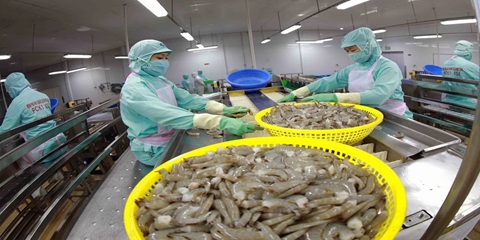
VIETNAM’S SEAFOOD EXPORTS HIT OVER US$10 BILLION IN JAN-NOV
Seafood export revenue in November alone amounted to nearly US$990 million, up 6.6% year-on-year. Key product groups posted solid gains. Shrimp exports rose 11.7% to over US$385 million, supported by strong demand for whiteleg shrimp and lobster. Tra fish shipments increased 9.7% to almost US$197 million, while marine fish, squid, and mollusk exports maintained their recovery.
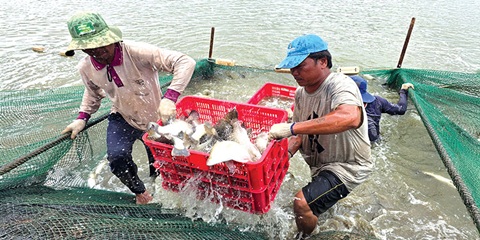
VIETNAM’S AGRO-FORESTRY-FISHERY EXPORTS HIT NEW RECORD IN JAN-NOV
Vietnam’s agro-forestry-fishery export revenue reached an estimated US$64.01 billion in the first 11 months of 2025, up 12.6% year-on-year and surpassing the full-year record of US$62.4 billion set in 2024. Agricultural exports reached US$34.24 billion, up 15% year-on-year, while livestock products brought in US$567.4 million, a 16.8% increase. Seafood exports rose 13.2% to US$10.38 billion, and forestry products earned US$16.61 billion, up 5.9%.

HANOI REPORTS RECORD-HIGH BUDGET REVENUE IN 2025
Hanoi’s budget revenue is estimated to reach VND641.7 trillion in 2025, the highest level ever recorded and nearly 25% above the revised target, according to a report by the municipal government. Data from the city’s socioeconomic performance review shows that total state budget collections in 2025 are projected to reach 124.9% of the adjusted plan and rise 24.9% from 2024, the Vietnam News Agency reported.

VIETNAM, CHINA TO PILOT TWO-WAY CARGO TRANSPORT AT LANG SON BORDER
Vietnam and China will launch a one-year pilot program on December 10 to allow two-way cargo transport through the Huu Nghi–Youyi Guan international border gates in Lang Son Province, reported the Vietnam News Agency. The Dong Dang-Lang Son Economic Zone Management Board said the trial aims to reduce transport costs and improve customs clearance capacity.
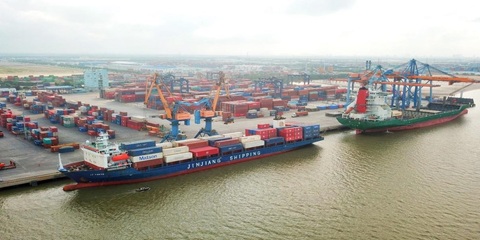
VIETNAM’S IMPORT-EXPORT VALUE NEARS US$840 BILLION IN JAN-NOV
The total value of Vietnam’s imports and exports was nearly US$840 billion between January and November this year, the highest level ever recorded, according to the National Statistics Office. In its latest report on the country’s socio-economic performance, the National Statistics Office highlighted a series of positive economic indicators, with trade emerging as one of the strongest drivers of growth.

OVER 19 MILLION INTERNATIONAL VISITORS COME TO VIETNAM IN JAN-NOV
Vietnam received more than 19.1 million international visitors in the first 11 months of 2025, a 20.9% increase year-on-year and the highest level ever recorded, according to the National Statistics Office. The figure surpasses the full-year record of 18 million arrivals set in 2019, before the Covid-19 pandemic. Nearly two million foreign visitors arrived in November alone, up 14.2% from October and 15.6% from the same period last year.
